Latest figures released by the Federation last week suggest that 879,000 mattresses were collected for recycling in 2015 – which represents around 13% of the estimated 6.8 million mattress sales that took place throughout the year.
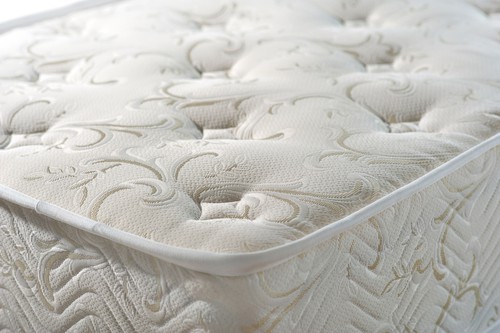
This reflects a 3% drop on the 924,000 mattresses which were collected in 2014, when 5.9 million mattress sales were recorded by NBF.
The updated figures follow a full End of Life Mattress Report produced by consultancy Oakdene Hollins on behalf of the NBF in August last year, which provided a snapshot into the number of mattresses collected for recycling in the UK since 2012 (see letsrecycle.com story).
The 2015 figures were not included in that report as the data on waste treatment from local authorities was still incomplete at the time.
And, since the August report, NBF has also downgraded the number of mattresses recycled in 2014 by 15,000 units ‘due to a correction in the interpretation of local authority data from Northern Ireland’.
Impact
In its assessment of the latest figures, NBF – which represents the UK bed industry including mattress manufacturers – argues the decline has been the result of reduced recycling capacity.
Nina Bell, of Oakdene Hollins, said: “In the full report we identified four recycling companies which had either closed or stopped accepting mattresses in 2014 and 2015.”
These include JBS Fibre Recovery in the West Midlands, Divert More in the North East, Envirogreen in Northern Ireland, and Mid UK Recycling in the East Midlands.
The report adds that the market has been impacted by low commodity prices, and ‘to a lesser extent’ the cost of insurance.
The decline has been attributed to a 11% decrease in mattress recycling reported by councils in 2015, due to financial pressures and ‘difficulties’ in assuring that recyclers comply with necessary regulations.
Regions
On regional variations, the report notes: “Reporting further on mattress recycling by local authorities, large regional variations can be seen, with Wales reporting the highest recycling rate per head of population; and East Anglia the lowest.
“Scotland, the North West, Yorkshire & Humberside, the South East (excluding London) Wales, West Midlands and the South West have all seen rates drop; while Northern Ireland, London, the North East, Eastern and the East Midlands have seen rates improve.”
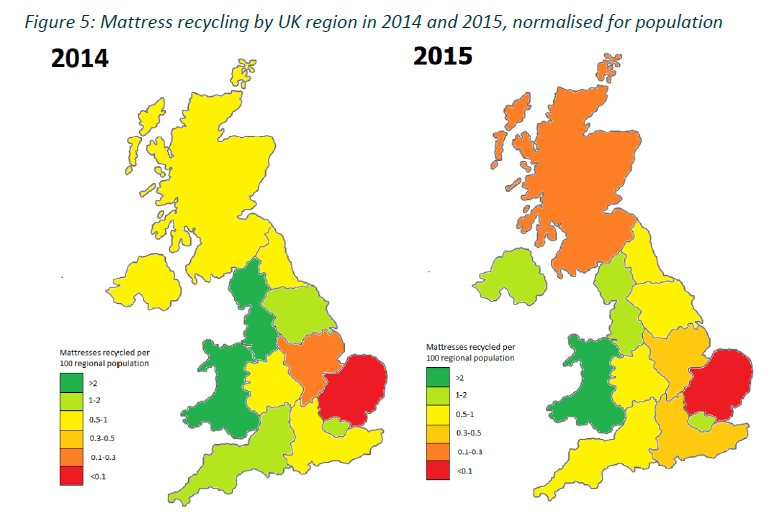
Reduction in local authority mattress recycling contrasts with recycling in the commercial sector, which grew from 118,000 to 164,000 units from 2014 to 2015, the report suggests.
NBF claims that the retailers responsible for this growth achieved the increase through takeback schemes. However, councils still account for 81% of all mattress collections in the UK.
Sales
The trade body also points to an increase in mattress sales in 2015 having driven down the recycling rate.
The total number of mattresses sold – which includes replacement units – was estimated at 7.3 million, similar to sales achieved between 2009 and 2011.





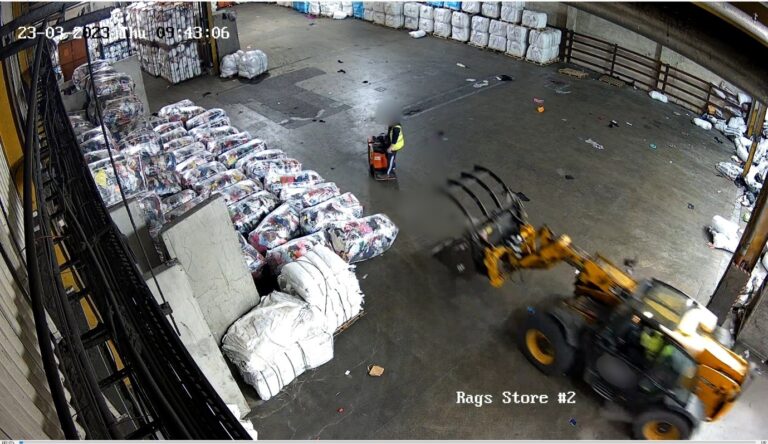
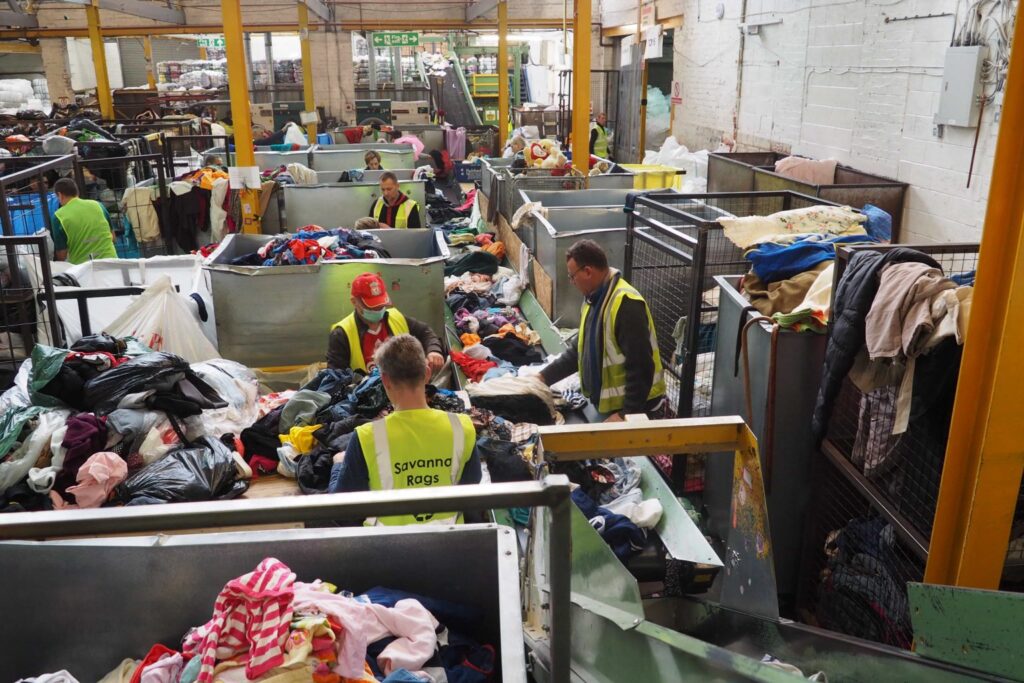
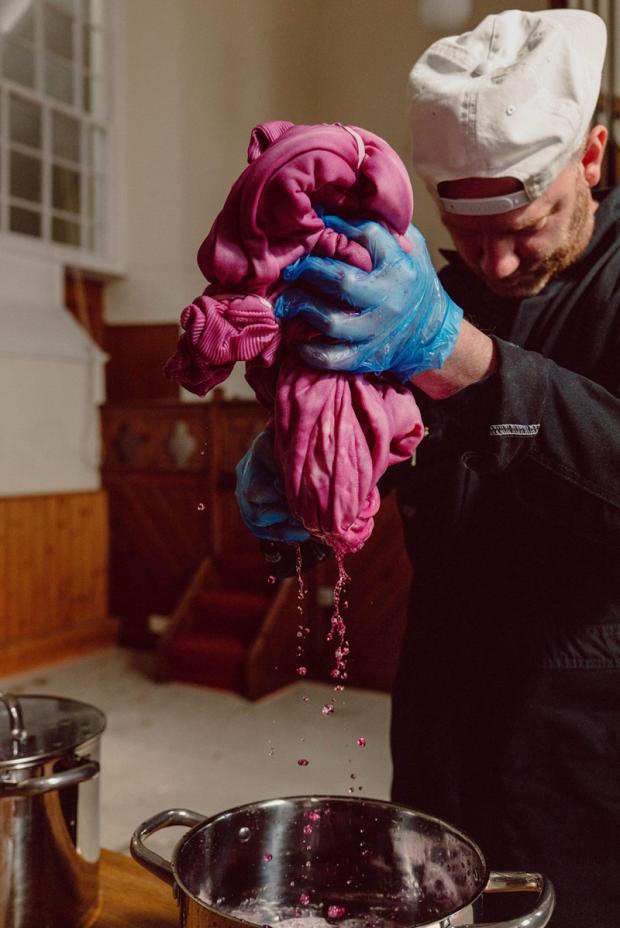
Subscribe for free